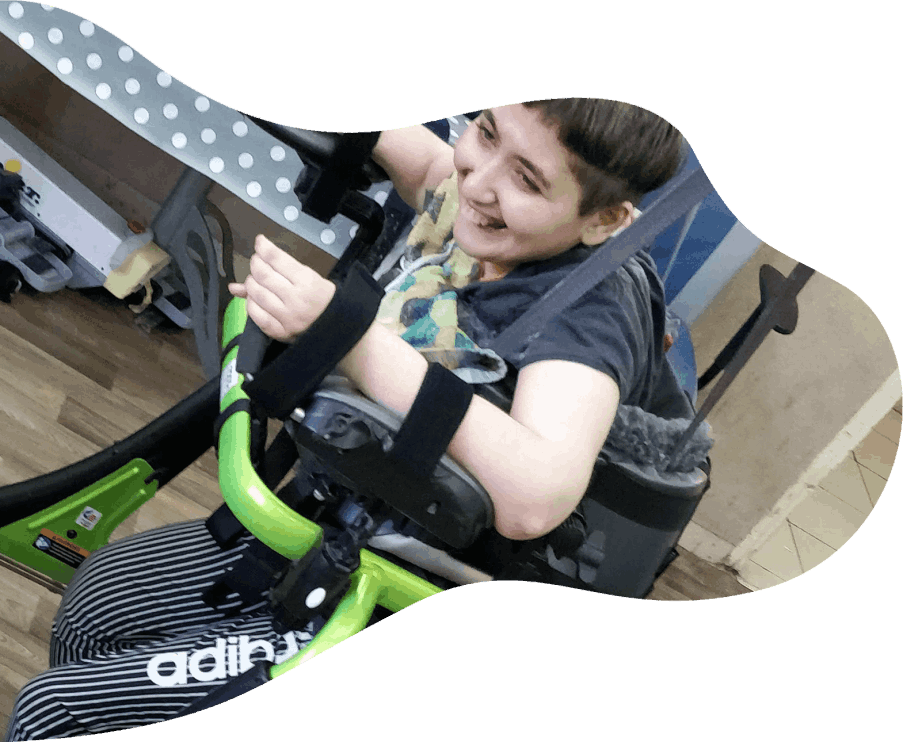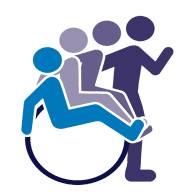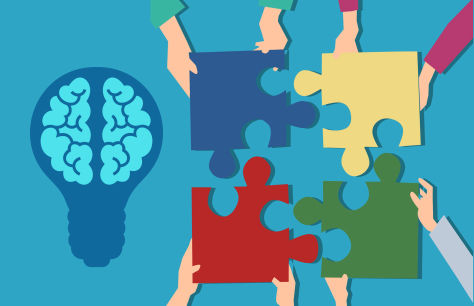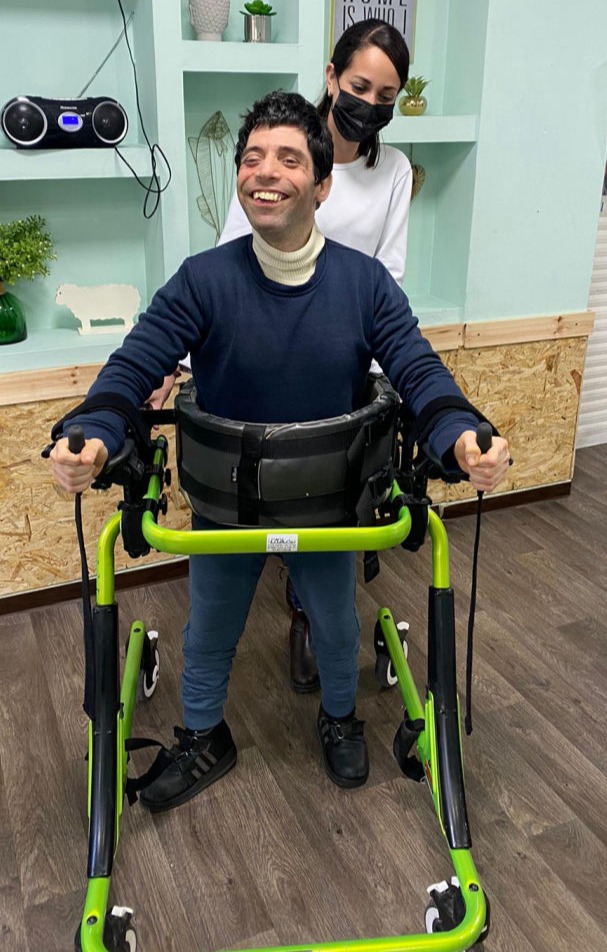
Abstract
MOVE to improve motor skills for adults with severe mental and functional disabilities

MOVE to improve motor skills for adults with severe mental and functional disabilities
Neurodevelopmental disorders are disabilities associated primarily with the functioning of the central nervous system. Treatment plans for adults with severe disabilities focus mostly on the maintenance of their current state and the prevention of other health problems. Mobility Opportunities Via Education (MOVE), is an activity-based curriculum designed to teach basic daily functional motor skills to individuals with mild and severe disabilities. It combines natural body mechanics with an instructional process designed to help these individuals to acquire increased independence in sitting, standing, walking, and transitions between these functions.


Eleven adult participants (23-55 years old) with severe disabilities, both physical and intellectual, from a day treatment center, were recruited. Prior to the current intervention, all participants received only maintenance treatments (position
changes, management of pressure ulcers, etc.). They were assessed before and after the intervention using the Top-Down Motor Milestone scale to measure their level of gross motor skills and the Prompt Review Plan to measure the amount of help
they needed to maintain the different positions (sitting, walking, and standing). They received individual sessions of 1 hour 2-3 times a week. That consisted of practicing gross motor skills (sitting, walking, and standing) using the motor learning principles such as multiple repetitions and feedback as well as the necessary external aids assisting them to maintain the positions. External aids were reduced progressively as they reached some level of independence. In addition, the participants practiced motor skills for 1 hour a day as a group in their respective classrooms under the supervision of their instructors. Frequency, medium, and range were used to describe the performance of basic skills pre- mid-, and post-intervention. Friedmans’ test was used to determine change across time, and the Wilcoxon test was used to determine the source of change. Bonferroni correction was used for repeated measures with significance set at p=0.008, and SPSS was used for analysis (version 27, SPSS, Inc., Chicago, IL).
Significant changes were noted in sitting, standing, and walking with changes noted between pre- and mid-test as well as between mid- and post-test. While transitions between sitting and standing and pivoting did not change significantly, individuals who did not demonstrate increased tonus, demonstrated improvements in these functions as well.


The key characteristics of the MOVE program include the reliance on motor learning principles, the provision of motivational support that favors treatment adherence, and the use of external aids to facilitate totally dependent participants to experiment and practice different motor skills that they would not otherwise be able to perform due to their physical limitations. This pilot study indicates the potential of this approach in enhancing the quality of life of individuals by improving their daily functions and their participation in activities of daily living.
Published on: The Journal of the Israeli Physiotherapy Society. 08/2022
Available on:
www.jipts.com
